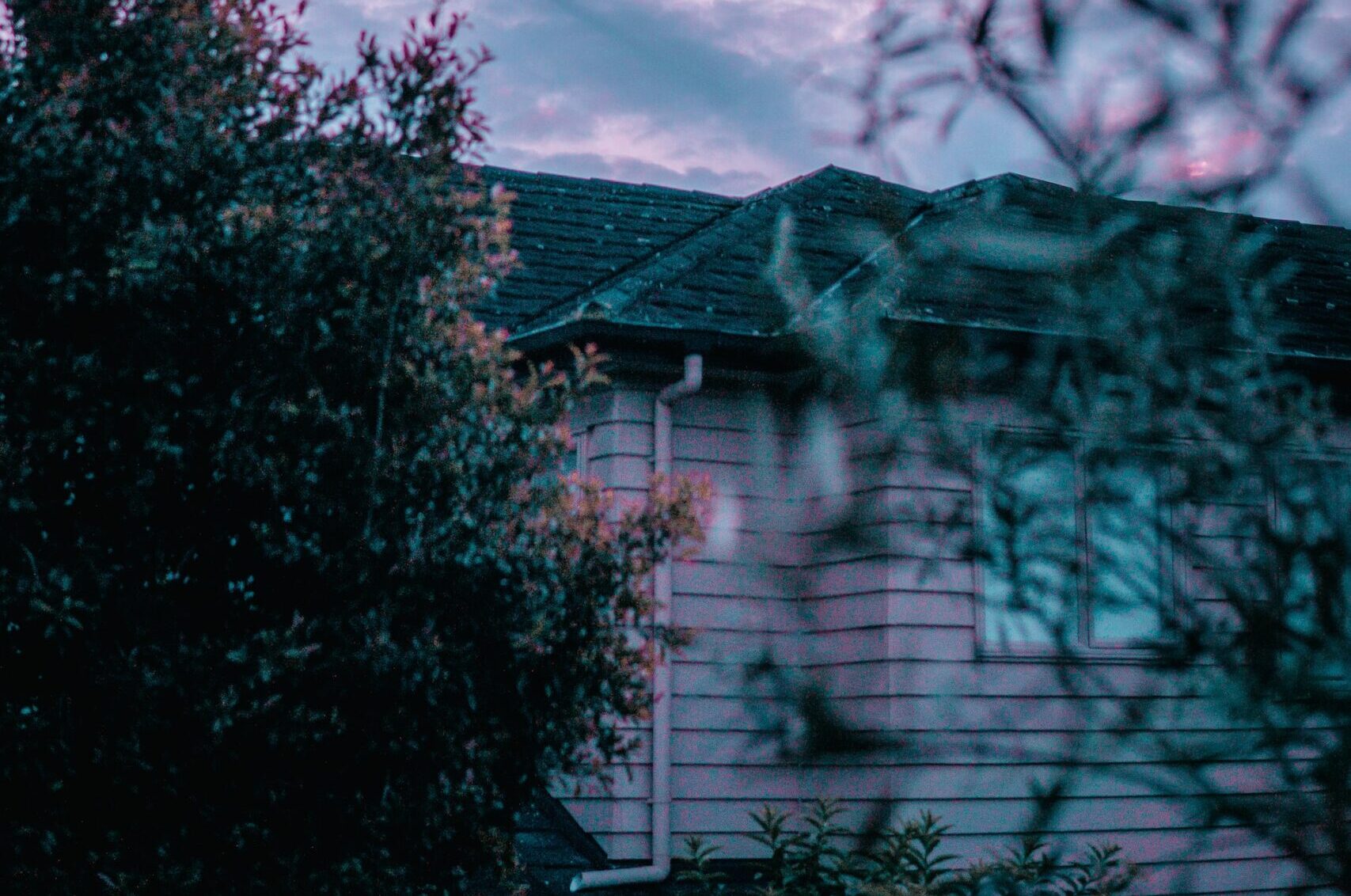Public consultations have opened on a proposal to finally clarify what level of methamphetamine residue inside rental homes is a health problem that needs to be addressed.
A 2018 report by Professor Sir Peter Gluckman found the meth contamination standards were being inappropriately applied, and the health risks overstated. However, it is still unclear what to do when rental properties are found to contain meth residue. New Zealand uses two different ‘acceptable’ levels for methamphetamine contamination, but neither are legally binding.
The SMC asked experts to comment on the longstanding issue of unclear contamination standards and what the evidence says.
Dr Nick Kim, Senior Lecturer, School of Health Sciences, Massey University, comments:
“The proposed remediation standard (15 micrograms per 100 square centimetres) is based on how much meth can be found on an indoor surface.
“This limit is sensible, and suitably health-protective.”
How large is the limit?
“If you measure out an area on the wall that is ten centimetres long and ten centimetres wide, the limit of 15 will be reached when that area of wall has more than one sixty-seven-thousandths of a gram (or 0.000015 grams) of meth on its surface. Weight-wise, this amount of meth would weigh 30 times less than the weight of a single grain of table salt.”
Would the new limit correspond with any health effects?
“In dose and risk terms, the proposed limit is substantially lower than the first point where any health impacts are plausible. In preparation of the proposals, potential risks have been thoroughly assessed by referring to the first dose at which any effect might occur, then building in safety factors, which is the usual toxicological approach.”
Should the detailed assessment tests be carried out by qualified professionals?
“This question is a focus of the consultation. Meth testing is a type of chemical risk assessment process, and this is a highly specialised area. For most regulatory purposes, having qualified practitioners undertake the assessment is the norm. This helps to guarantee appropriate quality assurance and provides regulators, councils, landlords, tenants, insurers, bankers – and anyone else with an interest – with a legal backstop and confidence that the work is technically reliable. For example in the case of (outdoor) contaminated site investigations, the work must be undertaken by a suitably qualified and experienced practitioner (SQEP).”
No conflicts of interest.
Professor Ian Shaw, Professor of Toxicology, University of Canterbury, comments:
“Residues of methamphetamine in buildings (e.g., on furnishings and walls) indicate the use of methamphetamine within the building. Very high levels might indicate manufacture of methamphetamine in the building. However, the amounts of methamphetamine left as residues in buildings are incredibly unlikely to have any pharmacological or toxicological effects on people living in the property. The issue, of course, might be that if the residues are not removed between tenants that a later tenants might be accused of using or manufacturing methamphetamine based on building residues that they are not responsible for.”
No conflicts of interest.
Dr Lucy Telfar Barnard, Senior Research Fellow, He Kāinga Oranga Housing and Health Research Programme, University of Otago, Wellington, comments:
“The government’s move to regulate how methamphetamine residue and contamination is dealt with in tenancies is long overdue. It will be great to see tenants, landlords, and the courts given clarity through these new regulations.
“Before the release of the Gluckman report, both private and public landlords, and home-owners, spent huge sums – multiple millions – on decontaminating properties where very low levels of meth had been detected. Some homes were even pulled down. In the small proportion of instances where the homes had been used for meth manufacture, decontamination or demolition was warranted, but the bulk of the spend was a huge waste of money that could have been better put towards building new homes, housing maintenance, or addressing known home health hazards like mould and cold (or even tobacco smoke residue).
“Besides the financial cost, there was also the human cost. We saw vulnerable tenants turned out of their homes at short notice. Some had precious belongings taken and disposed of as contaminated waste.
“All that financial and human cost was based on a misunderstanding of the point of the earlier decontamination standards. They had been written to guide people cleaning up clan labs. They were intended as a maximum target for making sure the high levels of toxic chemicals used in meth manufacture had been thoroughly removed. They were not intended as a threshold to determine whether residue from smoking meth needed decontamination.
“There was, and still is, no good evidence – ‘good’ is the key word here – that living in a property with the level of residue usually deposited by smoking meth will harm anyone’s health, even children. On the other hand, there is plenty of good evidence for adverse impacts when adults, and children, are evicted from their homes.
“Given known risks of eviction, it’s also good to see the proposed regulations have a higher threshold for tenants having to move out, than for decontamination.”
No conflicts of interest.
